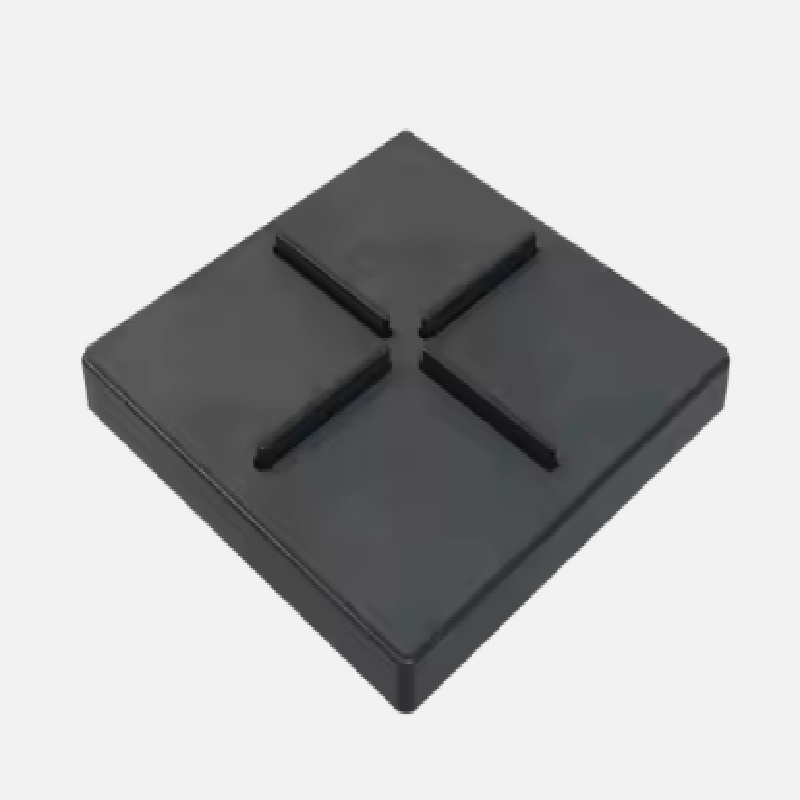 Schedule a Free Consultation for Door Replacement
Schedule a Free Consultation for Door Replacement Schedule a Free Consultation for Door Replacement
Schedule a Free Consultation for Door ReplacementWhen planning a raised flooring system for rooftops, balconies, or outdoor spaces, one of the most important decisions you'll face is choosing between adjustable and fixed pedestals. Both options have their place in construction, but understanding their differences will help you select the best solution for your specific needs.
Understanding Fixed Pedestals
Fixed pedestals, as the name suggests, come in set heights that cannot be adjusted after installation. These are typically used in projects where:
The subfloor is perfectly level and requires no compensation for unevenness
The design calls for consistent height throughout the entire surface
Budget constraints make the lower cost of fixed pedestals attractive
The main advantage of fixed pedestals lies in their simplicity. Without moving parts, they offer reliable support and often come at a lower price point than their adjustable counterparts. They're particularly well-suited for new construction projects where the substrate can be prepared to exact specifications before installation.

The Flexibility of Adjustable Pedestals
Adjustable pedestals have revolutionized raised flooring installations by offering:
The ability to compensate for uneven surfaces (up to several inches in many cases)
Flexibility to create drainage slopes on rooftops
Accommodation for settling or minor shifts in the substrate over time
These pedestals typically feature a threaded design that allows for height adjustments, often with a range of 1-6 inches. This makes them ideal for renovation projects where the existing surface may not be perfectly level, or when working with irregular substrates like old concrete.
Key Considerations for Your Project
Surface Conditions: If you're working with an uneven surface or need to create specific slopes for drainage, adjustable pedestals are clearly the better choice. Fixed pedestals require near-perfect levelness in the substrate.
Project Complexity: Simple, small-area projects might not justify the additional cost of adjustable pedestals. However, for larger areas or those with complex drainage requirements, the time saved by using adjustable pedestals often offsets their higher initial cost.
Long-Term Maintenance: Adjustable pedestals offer the advantage of being able to compensate for future settling or movement in the substrate, potentially reducing maintenance needs over time.
Material Choices: Heavier materials like natural stone may benefit more from the precise leveling capabilities of adjustable pedestals, while lighter composite decking might work perfectly well with fixed pedestals.
Making the Right Choice
For most professional installers, adjustable pedestals have become the go-to solution because they solve so many potential problems before they occur. The ability to make on-site adjustments during installation and compensate for minor imperfections in the substrate makes them invaluable for achieving perfect results.
However, fixed pedestals still have their place in projects where:
The substrate is known to be perfectly level
The budget is extremely tight
The design calls for absolute uniformity in support height
Our hours
8:00 AM – 6:00 PM, Mon-Fri.